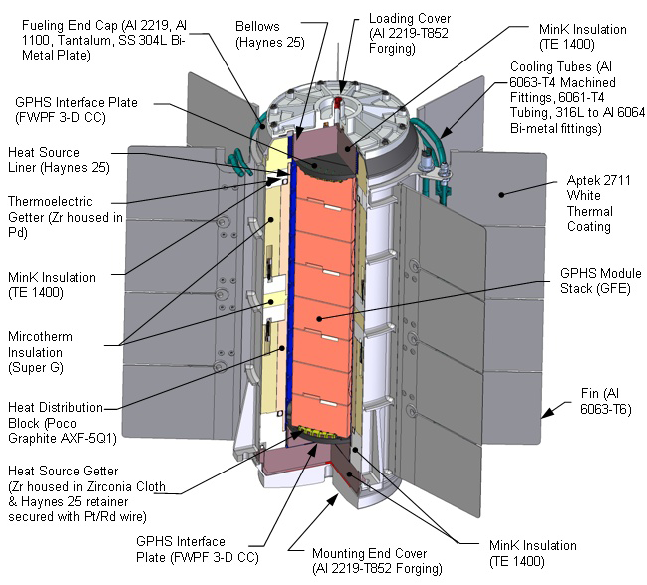Despite not being able to spend very long at the Museum due to travel issues, I was still able to get some good information on the exhibits. I found two the most interesting, the taxidermy exhibits in the green wing and the Tesla coil performance. Also, there was a seminar going on about SpaceX which mentioned the falcon rocket series, which I had blogged about in a previous post.
Other notable exhibits include the dinosaur exhibit, which had several dinosaur skeleton models, which are always interesting to look at. They had a triceratops and a T rex, which are pictured below. These are always interesting, as they give a perspective as to what animals looked like 50 million years ago. Any time that I see an animal skeleton that is the size of a sedan, I can’t help but admire the differences between these and animals today. This is back in an era where reptiles were the dominant animal, as opposed to mammals, so the animals back in the age of the dinosaurs look quite different from the ones in the Cenozoic and Pleistocene ages.

Taxidermy Exhibit/The Colby Room:
The taxidermy exhibit featured over a hundred species of birds from all over the continental US and some offshore feeding birds including the Gannet. Some of these birds have been brought back by conservation efforts such as the Bald Eagle, whose eggs were destroyed back in the 1960’s by DDT, a pesticide which would soften the eggshells. The Colby room featured several taxidermized rare animals including rhinoceros and pelts of animals like the Bengal Tiger.

Tesla Coil/Electricity Exhibit:
The next exhibit was the Tesla coil exhibit and the electricity exhibit. It contains two large Tesla coils which they would demonstrate a few times per day. Unfortunately, when I arrived to see one of the scheduled shows, the auditorium was full; however, I could still see the coils operate as well as seeing the coils demonstrate the Faraday cage effect. The security guard who was outside the auditorium was explaining the skin effect to the people watching from outside, and how the woman inside the cage could touch it without being electrocuted. This was due to her not being her grounded. I previously blogged about Tesla coils, and I had always wanted to see them in action. I was surprised at how loud they were and how long the bolt appeared to last after it was discharged from the spark gap. The electricity exhibit highlighted several inventions such as the previously mentioned Tesla coil and steam powered engines. It also showed a basic model of a generator which could help simplify how a generator works to someone who has no previous knowledge of them.







